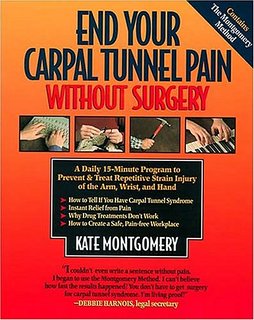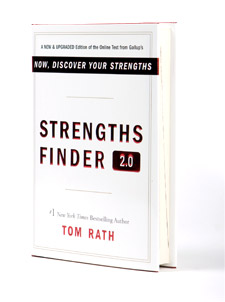“Treat. Yo. Self.”
[youtube https://www.youtube.com/watch?v=ZsABTmT1_M0&w=560&h=315]
Alright, alright… Parks and Recreation aside, never underestimate the power of self care! Which was (conveniently enough) the topic of our symposium last week. Although our discussion of self-care didn’t exactly include cupcakes and new clothes, we did discuss some very practical and helpful tips on taking care of your body for the long-run.
Whether it be exercising 3 times a week, taking a full day to relax and do no work, or catching a sunset at the beach, everybody has their own routine for decompressing and maintaining some balance (and sanity!) in their lives. As music therapists, it is so important for us to take care of our bodies in order to be at our best with our clients every day, as well as preserve our health and well-being so we will still be as able at 50 (and up) as we were at 25.
In Kate Montgomery’s book, “End your Carpal Tunnel Pain without Surgery” she has coined a 12 step method of stretches and self-care exercises to maintain healthy joints and muscles.

Here are a few tips from her method to maintain health and function in important areas like the wrists, back, and fingers!
- Posture – It’s all about those 90 degree angles when it comes to posture. Bad habits in posture can cause recurrent minor injuries to the neck joints, so it’s so important to be aware of how you carry yourself throughout the day, whether it’s working at a desk or bending down to be on a client’s level, be mindful of keeping 90 degree angles in your back, neck, and legs.
- Wrists – There are 3 exercises for the muscles, tendons and joints in the wrist. Wrist presses, wrist pulls, and wrist squeezes. Practicing these daily will help keep your wrists in alignment and free of pain.
- Fingers – What an important part of the body for music therapists! Finger exercises are done one at a time, practicing dexterity and isolation of each finger. Finger pulls, circles, bends (at each of the three joints) are a few ways to help open and restore energy within the finger joints as well as maintain strength in each individual finger (which can be really helpful for guitar).
You can practice these exercises on your lunch break, at a stop light, or any time between clients in the office. Make them a part of your self-care practices after exercising or while relaxing in order to maintain dexterity and full function of these important parts of our bodies!
-Marissa




